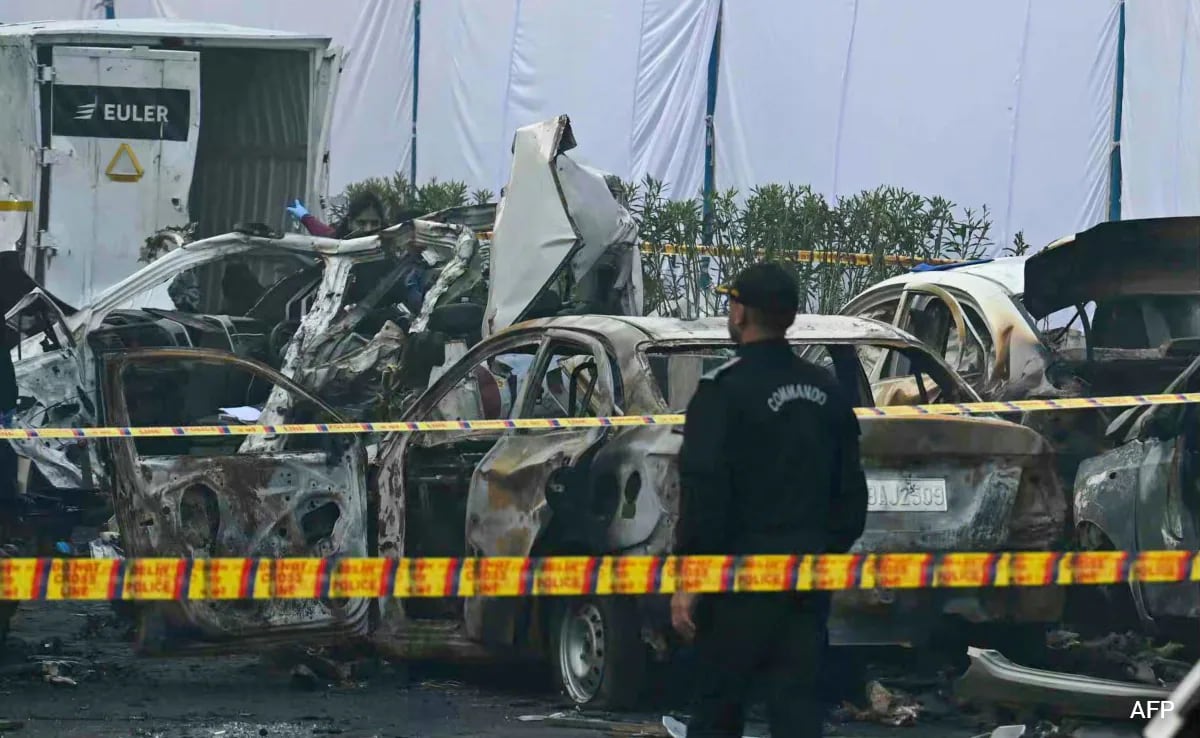ARTICLE AD BOX
Last Updated:November 12, 2025, 06:21 IST
The Gaganyaan parachute system is a complex sequence designed for ultimate redundancy and safety

The successful IMAT test marks another major confidence boost ahead of the uncrewed test flights planned for late 2025/early 2026. (File image/ISRO)
The Indian Space Research Organisation (ISRO) has achieved a critical safety milestone for the Gaganyaan mission, successfully completing a key Integrated Main Parachute Airdrop Test (IMAT) for the Crew Module’s deceleration system. This successful qualification test, conducted at the Babina Field Firing Range (BFFR) in Jhansi, Uttar Pradesh, on November 3, 2025, is a major step towards ensuring the safe return of Indian astronauts (Vyomanauts).
Testing for Extreme Scenarios
The test focused on validating the parachute system’s structural integrity and load distribution under a highly critical failure condition: asymmetric disreefing. This scenario simulates a delay in the full opening of one of the main parachutes.
A test article, simulating the 7.2-ton mass of the Gaganyaan Crew Module, was dropped from an Indian Air Force IL-76 aircraft at an altitude of 2.5 km (about 1.6 miles). The parachutes deployed flawlessly, achieving a stable descent and a soft landing, thus validating the system’s robustness for the maximum design load.
A Complex, Redundant System
The Gaganyaan parachute system is a complex sequence designed for ultimate redundancy and safety. It comprises a total of 10 parachutes of four different types that deploy sequentially:
Apex Cover Separation Parachutes: Remove the protective heat-shield cover.
Drogue Parachutes: Stabilise and significantly decelerate the module.
Pilot Parachutes: Extract the main parachutes.
Three Main Parachutes: Provide the final, crucial deceleration for a soft splashdown.
Crucially, the system is designed so that the Crew Module can land safely even if only two of the three main parachutes successfully deploy. The main parachutes deploy in a two-step process called reefed inflation—partial opening first, then full opening (disreefing)—to prevent damaging high-G shock on the crew.
The successful IMAT test marks another major confidence boost ahead of the uncrewed test flights planned for late 2025/early 2026, paving the way for the historic crewed mission targeted for the first quarter of 2027. This critical test demonstrates India’s growing mastery over the complex technologies required for human spaceflight.
The News Desk is a team of passionate editors and writers who break and analyse the most important events unfolding in India and abroad. From live updates to exclusive reports to in-depth explainers, the Desk d...Read More
The News Desk is a team of passionate editors and writers who break and analyse the most important events unfolding in India and abroad. From live updates to exclusive reports to in-depth explainers, the Desk d...
Read More
First Published:
November 12, 2025, 06:21 IST
News india Gaganyaan Milestone: ISRO's Parachute Test Validates Crew Safety
Disclaimer: Comments reflect users’ views, not News18’s. Please keep discussions respectful and constructive. Abusive, defamatory, or illegal comments will be removed. News18 may disable any comment at its discretion. By posting, you agree to our Terms of Use and Privacy Policy.
Read More

 1 hour ago
5
1 hour ago
5








 English (US) ·
English (US) ·